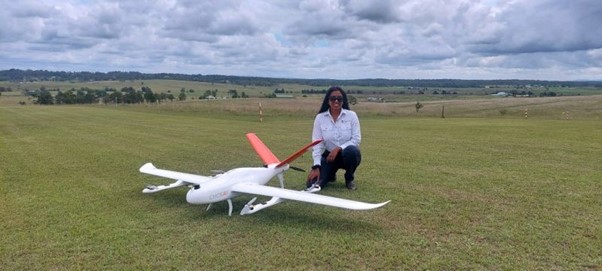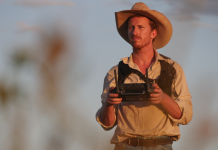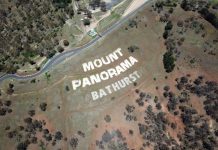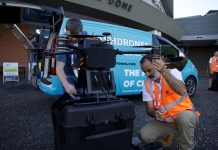In a quiet cafe on a warm day in Kuala Lumpur, Elisha Chandra sits cross-legged, sipping coffee with her travel companions. Her recent travels have taken her to Japan, Philippines, Indonesia, and now Malaysia.
‘One of the best parts is meeting other travellers who have their own drones. They always ask, ‘Can you teach me how to fly?’ Elisha laughs.
As a drone instructor and consultant, Elisha has built an impressive portfolio of qualifications at a young age. As well as a private pilot licence for crewed aircraft, she holds a remote pilot licence (RePL) with ratings for sub-25 kg multi-rotor, sub-25 kg powered-lift, and sub-7 kg fixed-wing drones. When she returns to Australia, she is planning to add the sub-150 kg multi-rotor rating to her repertoire.
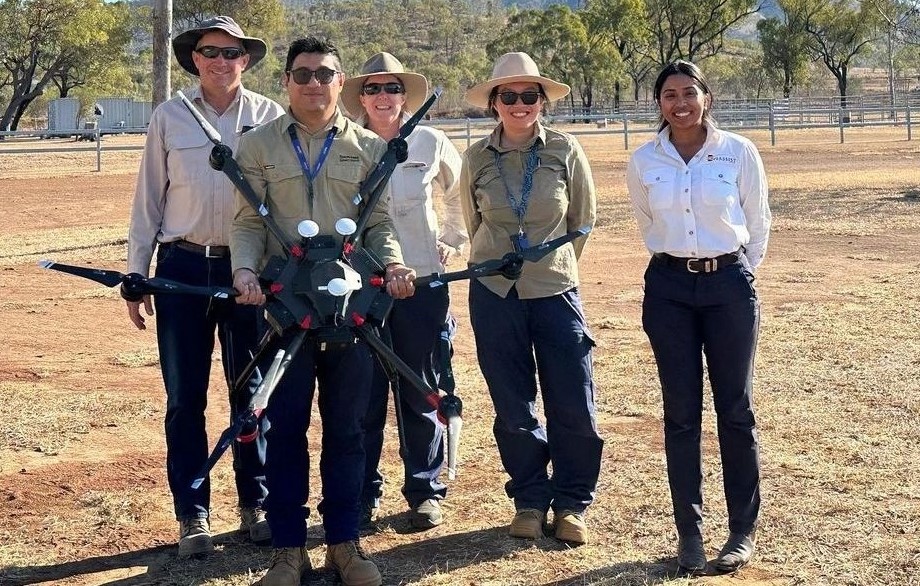
‘Growing up in Central Queensland, I caught the travel bug early from my jet setting parents, which inspired me to pursue a bachelor’s in aviation,’ Elisha said.
Across 10 years in the industry, Elisha has flown various drones. This includes several DJI and Quantum Systems models, as well as the P330 and some home-built drones.
Between her travel adventures, she continues to work remotely as a consultant, helping organisations navigate drone legislation and application procedures.
‘As a country kid, I’m familiar with the rural environment; footy fields, bushland, big open spaces. I carefully select safe locations for training with the help of a CASA-verified drone safety app.’
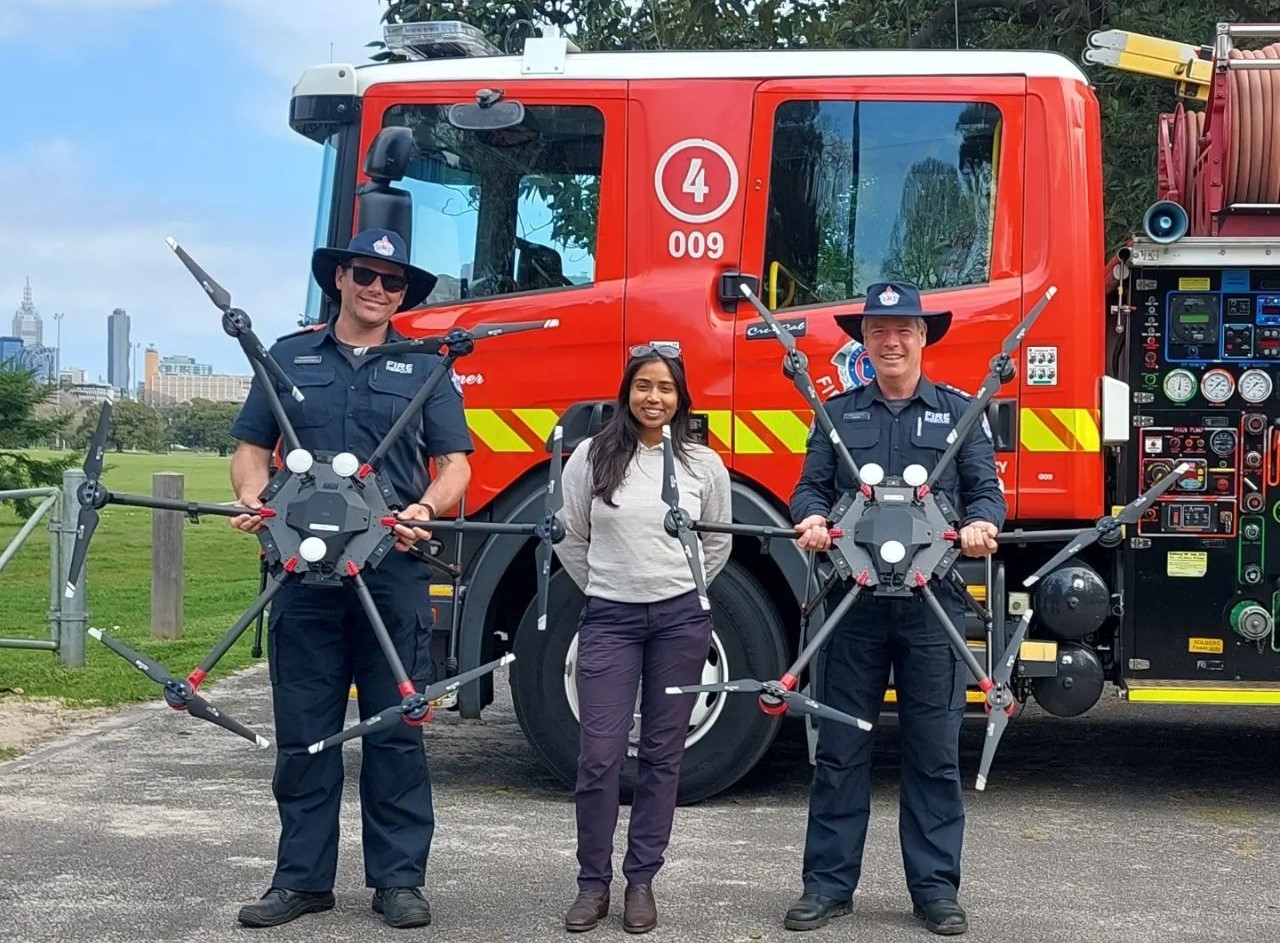
In her instructing roles, Elisha lived by a phrase passed down from a former manager and chief remote pilot: Bringing the unknown into the known.
‘Abstract concepts are easier to grasp with everyday examples,’ Elisha explains. ‘For instance, I compare a drone flying track with pushing a broken-wheeled trolley through a shopping aisle. The aisle represents the drone track, the trolley is the heading, and the broken wheel represents the wind. This analogy makes it easier for my students to understand and correct for a windy journey!’
Elisha promotes situational awareness by testing students in different scenarios. Her top safety tip is understanding the systems in your aircraft. Static pressure systems can aid in maintaining height so remote pilots can ensure they remain below 400ft (120m) above ground level. ‘If you understand how they work, you can maintain safe altitudes and manage situations when something goes wrong.’
Elisha continues, ‘The only way to ensure safety and compliance is through education,’ she says. ‘I ask students about the drone work they plan to do after they finish training. Then, I challenge them, ‘How can we do this safely and legally? What resources can we use?’.
Her approach equips students with critical thinking skills essential for their drone careers.
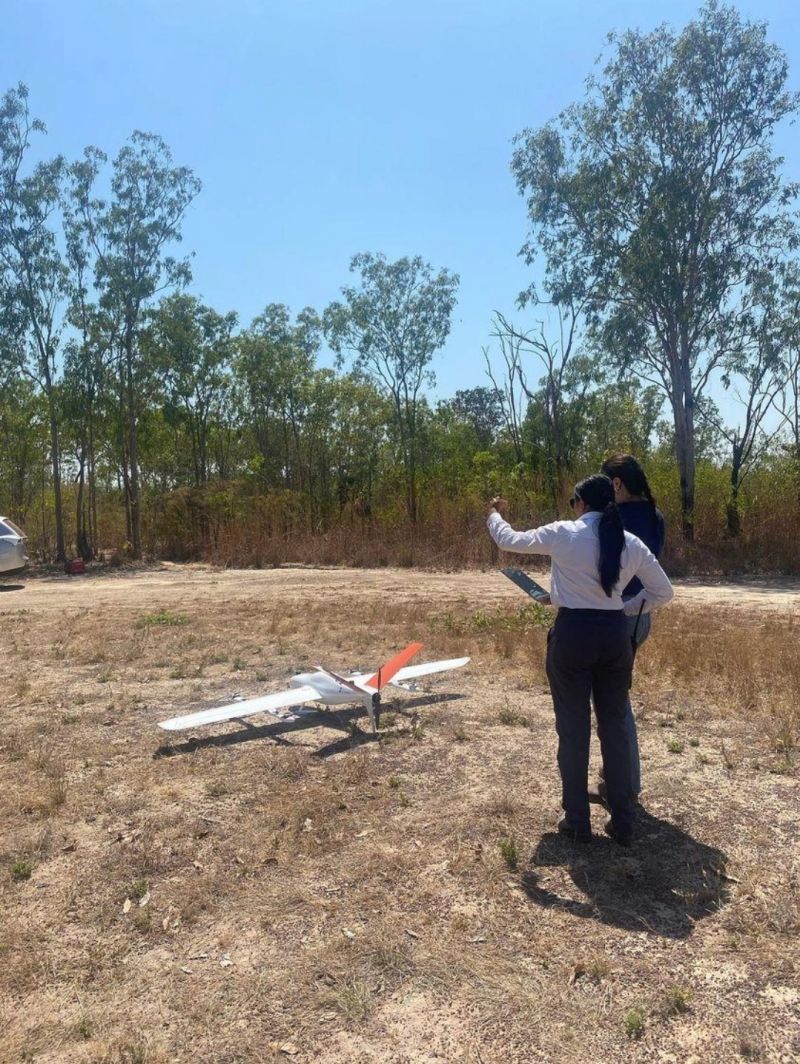
To new drone flyers, she offers some good advice. ‘Many people mistakenly buy a cheap drone, thinking they’ll upgrade once they’ve had practice. But those cheaper drones often lack essential systems like a GPS or basic sensors that make flying easier.’
Elisha is optimistic and excited about the future of the drone and advanced air mobility industries. She envisions a future where drone taxis are a reality and sees herself at the forefront of their introduction in Australia.

